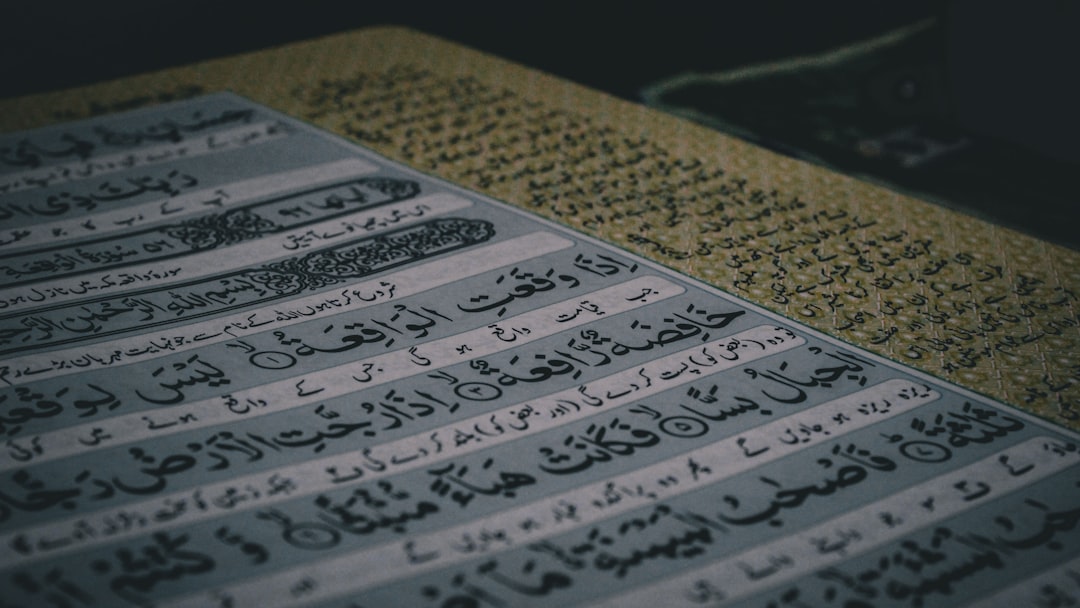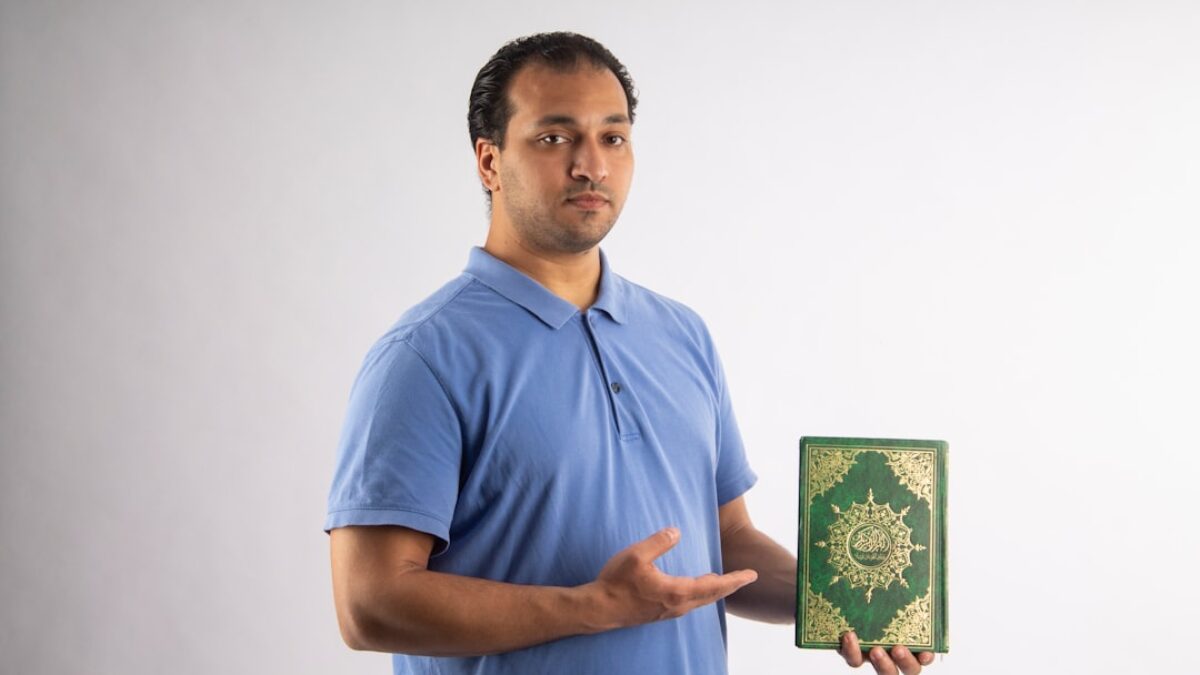Studying Islamic history can feel overwhelming at first. Vast empires, unfamiliar names, intricate dynasties and centuries of intellectual, spiritual and cultural evolution stretch before you like an uncharted desert. Yet the journey is deeply rewarding: it reveals the roots of one of the world’s great civilizations, clarifies modern Muslim identities and offers timeless lessons in governance, science, art and ethics. This guide distills the field into a clear, step-by-step roadmap for absolute beginners. Follow it consistently and you will move from curiosity to confident mastery in months—not years.
Understanding Islamic History as a Discipline
Islamic history is the academic study of Muslim societies from the 7th-century Arabian Peninsula to the present. It blends chronological narrative with thematic analysis, exploring political power, economic systems, religious thought, scientific achievements and cultural production. Unlike devotional or apologetic writing, academic Islamic history relies on critical source evaluation, archaeology, numismatics, epigraphy and comparative historiography.
Core Periodization Every Beginner Must Know
- Formative Period (610–661): Revelation, Prophet Muhammad, Rashidun Caliphs.
- Umayyad Era (661–750): Imperial expansion, Arab kingdom, Damascus-based.
- Abbasid Era (750–945): Golden age of science, Baghdad as cosmopolis.
- Fragmentation & Sultanates (945–1500): Regional dynasties, Mongol invasions.
- Gunpowder Empires (1500–1800): Ottomans, Safavids, Mughals.
- Colonial & Post-Colonial (1800–present): Reform, nationalism, modern nation-states.
Key Sources and Methodologies
Beginners often wonder what counts as evidence. Islamic historians use:
- Primary texts: Qurʾan, hadith compilations, coins, inscriptions, papyri.
- Chronicles: al-Ṭabarī, al-Masʿūdī, Ibn Khaldū.
- Biographical dictionaries: Ṭabaqāt and Siyar literature.
- Archaeological finds: Desert palaces, urban excavations, shipwrecks.
- Geniza documents, Ottoman archives and colonial records for later periods.
Learning to read these sources critically—not just for facts but for authorial bias, audience and context—is the heart of historical training.
Key Components of a Beginner-Friendly Study Plan
Step 1: Build Your Foundational Vocabulary
Before opening any textbook, master 50 essential Arabic terms. They recur in every lecture, book and museum label.
| Term | Meaning | Example Context |
|---|---|---|
| Khilāfa | Caliphate, political-religious leadership | After 632, the khilāfa passed to Abū Bakr. |
| Emirate | Territory ruled by an amīr (prince or commander) | Córdoba began as an Umayyad emirate in 756. |
| Madrasa | College for Islamic law and theology | Niẓāmiyya madrasa in Baghdad (1065) trained scholars. |
| Sūq | Market or bazaar | The sūq of Fustat traded ceramics, spices and books. |
| Sharīʿa | Islamic legal system | ʿAbbasid judges applied Sharīʿa to inheritance disputes. |
Step 2: Choose Your First Three Books Wisely
Resist jumping straight into dense monographs. Instead, read one of each layer below in the given order:
- Survey: Islam: A Short History by Karen Armstrong for a brisk 200-page overview.
- Narrative: Lost Islamic History by Firas Alkhateeb—story-driven, beginner-friendly.
- Academic gateway: The New Cambridge History of Islam, volume 1, chapters 1–4.
Read with a timeline map open beside you. Pin each major event to its geographic location; this anchors memory far better than rote memorization.
Step 3: Map Political Power Through Three Visual Aids
- Blank map: Print a map of Afro-Eurasia and color every caliphate or sultanate at 50-year intervals.
- Genealogy chart: Draw the Umayyad and Abbasid family trees; note rival claimants.
- Timeline ruler: Create a 1-meter paper strip marking 610–2025; place key battles, reigns and intellectual milestones.
These tactile tools engage multiple learning modalities and make review sessions quick.
Step 4: Deep-Dive into Primary Sources
Week 1–2: The Qurʾan in Historical Context
Read Sūrat al-Rūm (Chapter 30) and identify references to the Byzantine-Sasanian wars. Compare with non-Islamic chronicles from Theophanes and Sebeos to see how scripture reflects 7th-century geopolitics.
Week 3–4: Early Biography
Work through Ibn Isḥāq’s Sīra (translated by A. Guillaume). Highlight every trade caravan, treaty and battle. Ask: How does the narrative portray leadership legitimacy?
Week 5–6: Administrative Documents
Examine papyrus tax receipts from Egypt (available online via the Mount Sinai Digital Library). Note bilingual Greek-Arabic scripts—evidence of gradual Arabization.
Step 5: Engage with Academic Podcasts and MOOCs
Free university-level resources:
- “Introduction to the Quran” (HarvardX on edX)
- “The Ottoman World” (University of Chicago podcast series)
- “The Mughal Empire” (NPTEL India video lectures)
Listen while commuting; reinforce by re-telling the episode’s main thesis to a friend or journal.
Benefits and Importance of Studying Islamic History
Beyond personal enrichment, this study equips you with transferable skills and civic insight.
Intellectual Skills
- Critical source analysis: Learn to detect bias in chronicles and modern media alike.
- Comparative empire studies: Draw parallels between Abbasid finance and modern sovereign wealth funds.
- Multilingual sensitivity: Working with Arabic, Persian and Turkish terms sharpens linguistic precision.
Civic and Professional Advantages
Employers increasingly value Middle East literacy. Whether you enter diplomacy, journalism, tech or NGOs, a nuanced grasp of Muslim histories prevents reductive narratives and fosters respectful partnerships.
Spiritual and Cultural Appreciation
Even non-Muslims find that historical knowledge humanizes contemporary Muslim communities, replacing fear with informed curiosity.
Practical Applications for Lifelong Learning
1. Travel with Purpose
Plan itineraries around historical layers:
- Istanbul: Hagia Sophia (6th c.), Ottoman Topkapı Palace (15th c.), Republican cultural institutes (20th c.).
- Córdoba & Granada: Umayyad mosque, Almohad walls, Nasrid Alhambra.
- Cairo: Fatimid gates, Mamluk madrasas, Khedival downtown.
Carry a field notebook to sketch architectural features; link them to your timeline strip later.
2. Join or Create a Study Circle
Three to six learners meet bi-weekly. Assign rotating roles:
- Facilitator: Prepares 3 discussion questions from that week’s reading.
- Fact-checker: Verifies dates and names live on encyclopedic websites.
- Connection-seeker: Finds one modern parallel (e.g., Ottoman millet system vs. modern minority rights).
3. Integrate Digital Tools
| Tool | Purpose | Beginner Tip |
|---|---|---|
| Tarikh al-Islam database | Searchable Arabic chronicles | Start with English abstracts, then try keyword searches in Arabic. |
| Perry-Castañeda Map Collection | Historical maps | Overlay with Google Earth to see landscape changes. |
| Zotero + Islamic Studies Citation Style | Reference management | Create folders by dynasty; tag sources as “primary” or “secondary.” |
4. Volunteer in Public Education
Offer a weekend workshop at your local library titled “1000 Years of Science in the Muslim World.” Use simple props—astrolabe replicas, coffee beans, algebra flashcards—to make history tangible for children and parents.
Frequently Asked Questions
What is the best single-volume introduction to Islamic history?
Most educators recommend Marshall Hodgson’s The Venture of Islam, Volume 1 for depth and nuance, but its 500+ pages can intimidate beginners. As a gentler start, Lost Islamic History by Firas Alkhateeb balances readability with scholarly accuracy. After finishing either, immediately read a critical review article (e.g., in International Journal of Middle East Studies) to see where debates lie.
Do I need to learn Arabic to study Islamic history seriously?
Short-term: No. Excellent translations and secondary scholarship exist in English, French, Spanish and German. Long-term: Yes, if you want to conduct original research. Start with Modern Standard Arabic (MSA) for secondary sources, then progress to Classical Arabic for chronicles and religious texts. Budget 12–18 months for basic MSA proficiency using university courses or apps like Duolingo + Al-Kitaab.
How do I avoid bias—both Islamic and anti-Islamic—in sources?
Read polemically opposed authors side-by-side (e.g., Bernard Lewis vs. Edward Said) to spot rhetorical patterns. Check footnotes:
























Post Comment